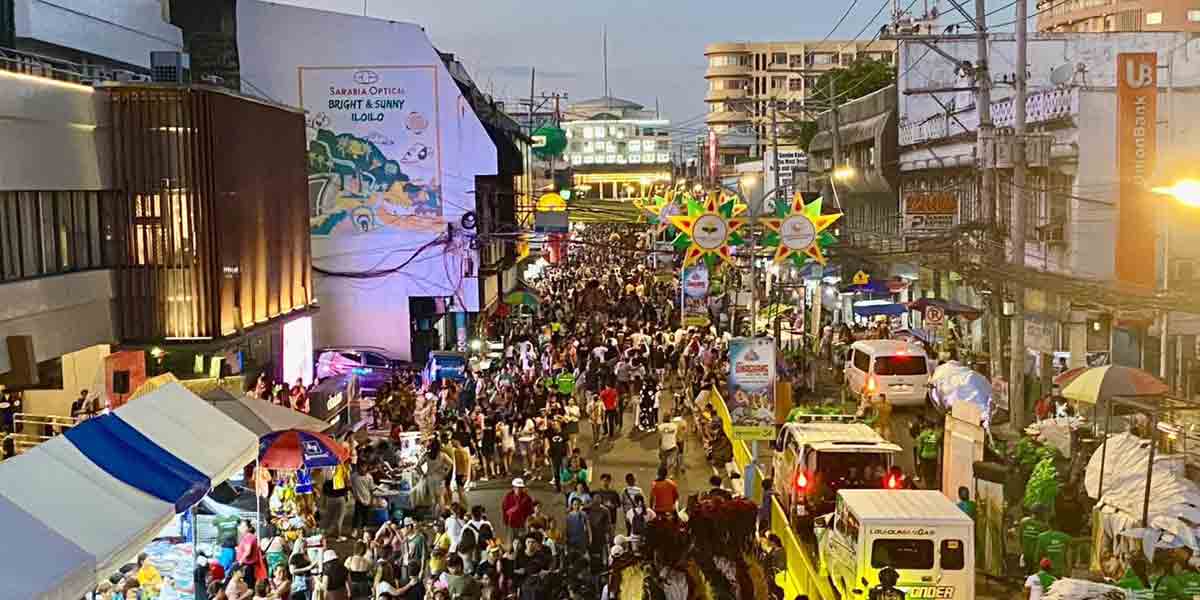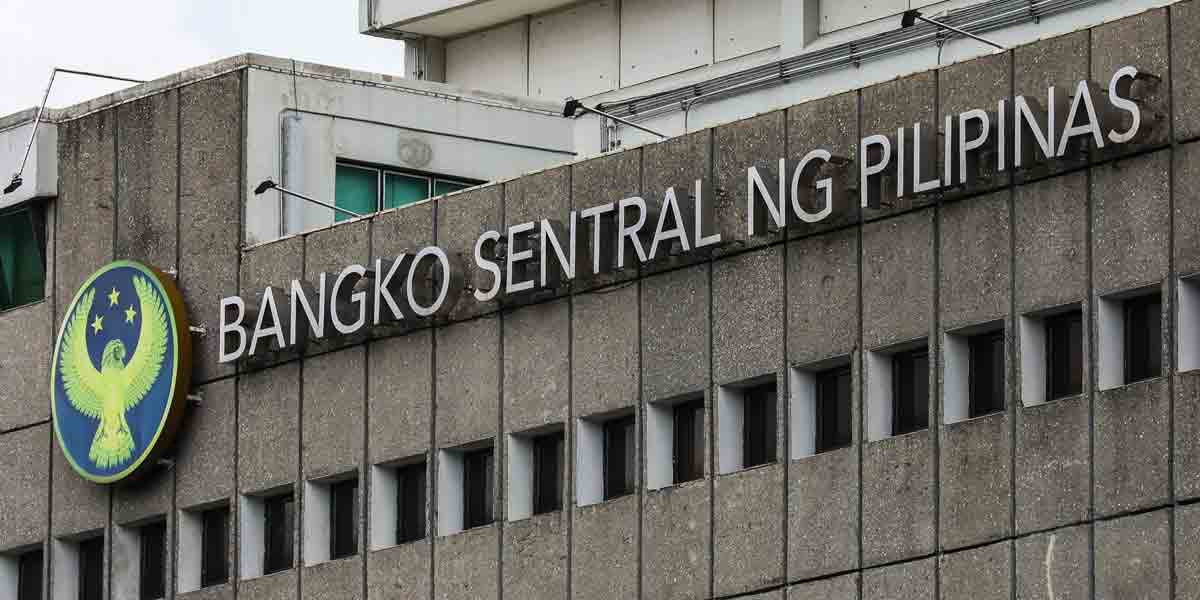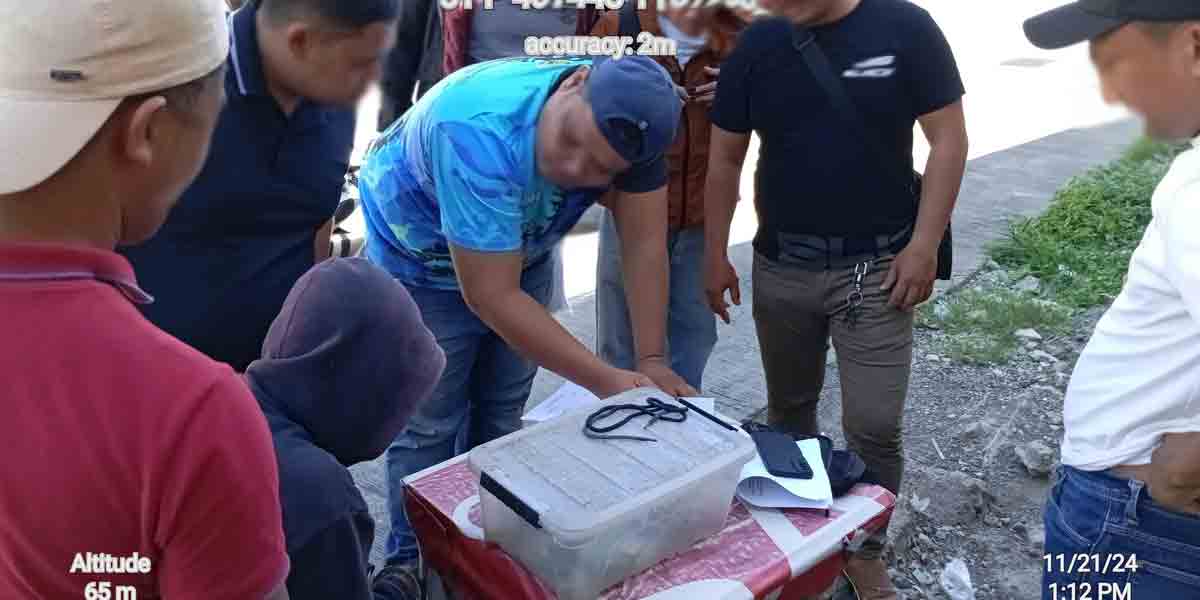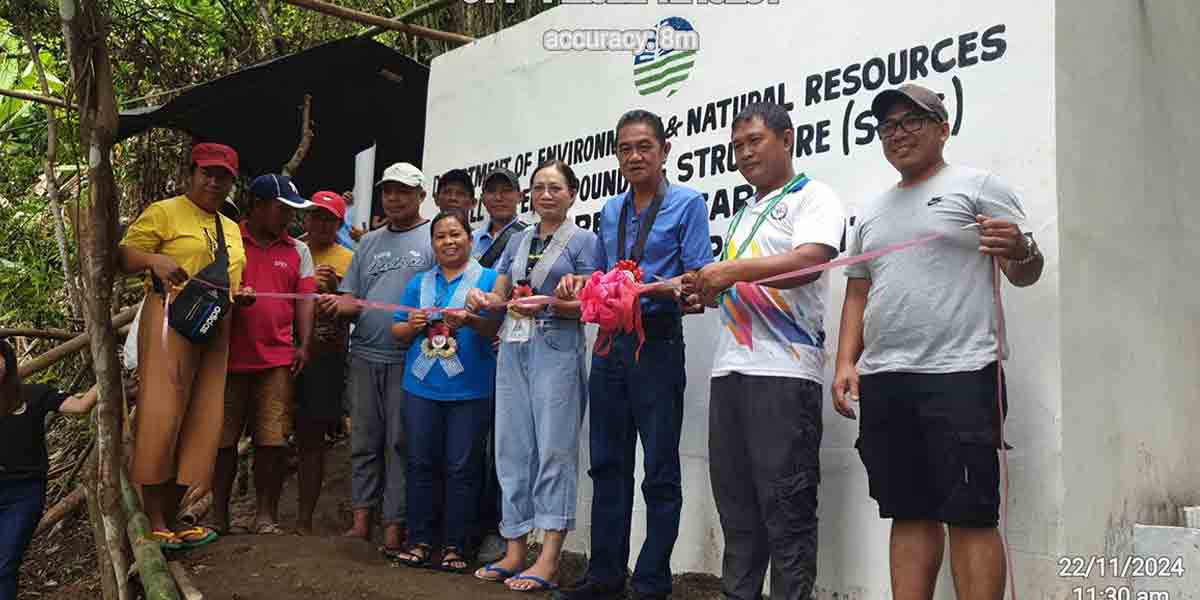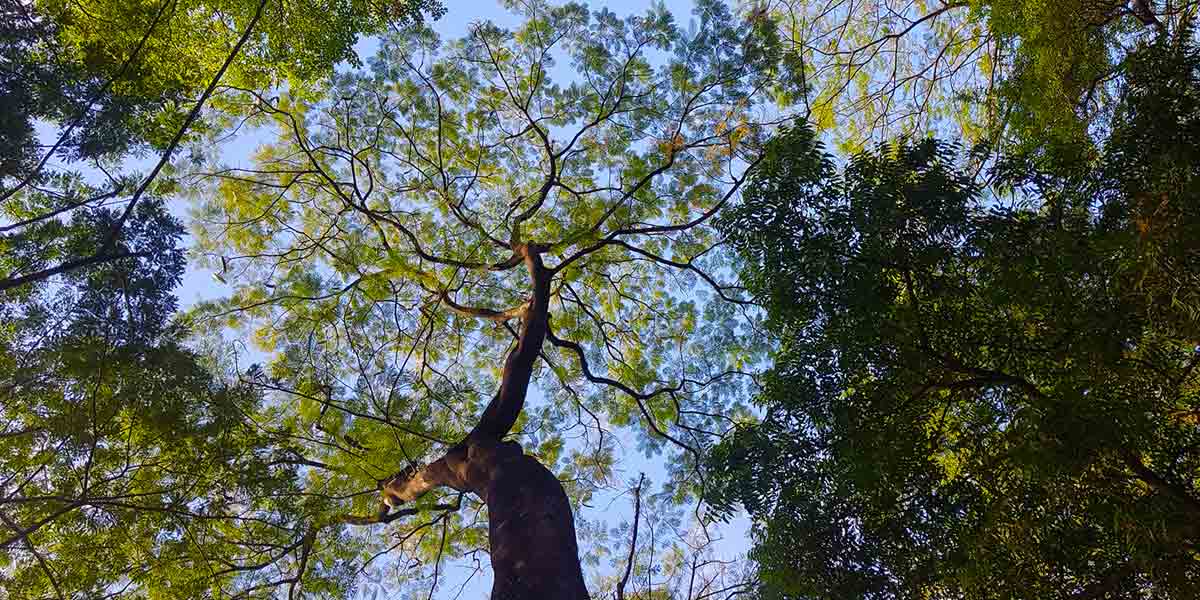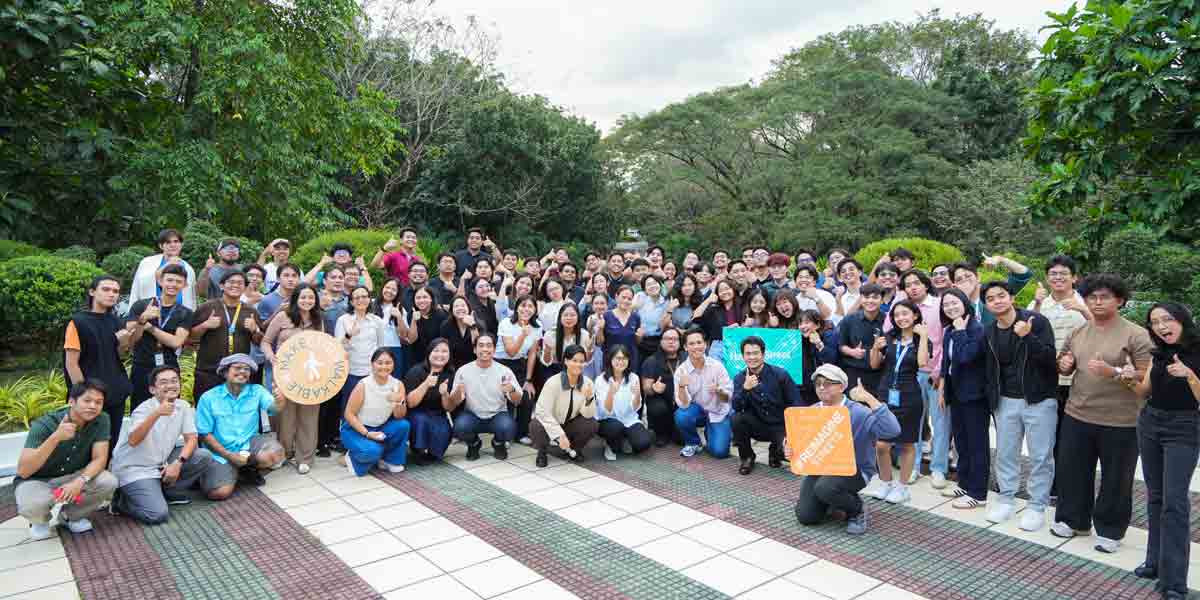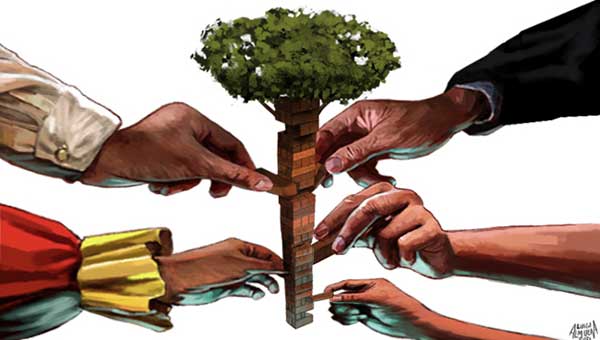
The country has been vulnerable to massive flooding linked to deforestation. The coronavirus pandemic is also a catastrophe that arose from populations occupying wild animal habitats.
Key findings:
- Forest loss persists in the Philippines even with a log ban and protection laws in place.
- Forest cover has remained the same since the first Aquino administration as losses in some parts of the country have eclipsed gains in others.
- The Mimaropa region – covering Mindoro, Marinduque, Romblon and Palawan – has seen the worst deforestation in recent years.
- The Duterte government excluded reforestation efforts among its commitments to mitigate climate change under the 2016 Paris Agreement.
- Bills that are meant to address legal gaps in protecting forests are languishing in Congress.
Mindoro is the seventh largest island of the Philippines. It sits at the bottom of Luzon, where the country’s capital is located, and stretches toward the northern tip of Sulu Sea. Large ships pass through its unpredictable waters, and on its seabed lie the wreckage of vessels that didn’t survive it.
On land, a spine of mountains runs across its center. Its forests are home to the tamaraw, dwarf buffalos whose images once graced one-peso coins. They used to be widespread, but are now critically endangered.
Land conversion has wiped out most of the habitat of the tamaraws. The lush expanse of forests where they liked to wallow in mud pits undisturbed have been flattened to make way for human settlements.
The same fate has befallen a species of pigeons called Mindoro bleeding-heart, named so because their breasts resemble a puncture wound with a blotch of orange at the center that deepens to dark red.

The Mindoro bleeding hearts used to live in lowland areas where the temperature was right and their favorite fruits were aplenty. Source: Dr. Neil Aldrin Mallari, Center for Conservation Innovations
The rate of deforestation, which in turn drives the endangerment of species on the island, has been alarming, said ecologist Neil Aldrin Mallari, who studies the Mindoro bleeding-heart as president of the Center for Conservation Innovations.
The birds are also found on the islands of Negros, Panay, and Mindanao but the lowland forests where they used to live — the temperature there is right and fruits are aplenty — have drastically thinned through the years.
Mallari said the few remaining pigeons try to adapt, retreating to high altitudes where there are still trees to offer refuge. Those trees are their last stand.
Mindoro lost more than 200,000 hectares of forest cover from 2003 to 2015. It’s about the size of land that 3,000 SM Mall of Asia complexes would cover if they stood side by side. The neighboring tourist haven of Palawan also lost nearly 30,000 hectares of forest land during the same period, based on government data.
The losses of Mindoro and Palawan in terms of forest cover make Mimaropa the most deforested region in the Philippines, even if other islands in it such as Marinduque and Romblon recorded some gains.
Mimaropa is also a microcosm of the state of forests in the country. Some provinces have successfully expanded their forest cover, but the gains were erased by consistent losses in others. (See map here.)
A log ban and a number of laws have been in place for decades to restore the forests, but the absence of a coherent policy on forest management has resulted in various forms of land conversion that continue to drive deforestation at an alarming rate.
The country’s forest cover is only about seven million hectares or 23% of the country’s total land area, based on official numbers, although experts are afraid that this number is overestimated.
That’s a lot of forest lost from the early years of the Spanish colonial period, when forest cover was over 90%. The first Christian missionaries saw trees extending from the shores to the mountaintops, and likened the country to a paradise.
Abuses of the countrys’ forests eventually harmed the population. The massive floods brought by typhoons “Uring” (international name “Thema”) in Ormoc in 1991 and “Ondoy” (“Ketsana”) in Metro Manila in 2009 were just two of the disasters blamed on massive deforestation. Lush forests and watersheds could have held large amounts of rainwater that otherwise flowed into the communities, experts said.

Threatened and endemic species are retreating to mountains where forests offer refuge
Source: Dr. Neil Aldrin Mallari, Center for Conservation Innovations
The coronavirus pandemic that is taking its toll on the world — rich and poor countries alike — is also a stark reminder of a catastrophe that happens when populations occupy the habitats of wild animals. Covid-19 is a zoonotic disease that experts said likely jumped from a bat, then to another host species, before it infected humans.
It’s a cycle of tragedies where humans are both the culprits and the victims.
Mallari predicted that Mindoro’s bleeding-hearts would soon vanish. It’s time to think seriously about the impacts of human activities on nature, he said.
“Extinction of species is not just about the cuddly animals,” he said. “We care because they are the building blocks of our ecosystem. ‘Pag nawala sila, wala rin tayo (If they are gone, so are we).”
The Philippines is one of the world’s very few mega-biodiverse countries and one of the most vulnerable to climate impacts. The stakes are higher for the country.
Dwindling forests
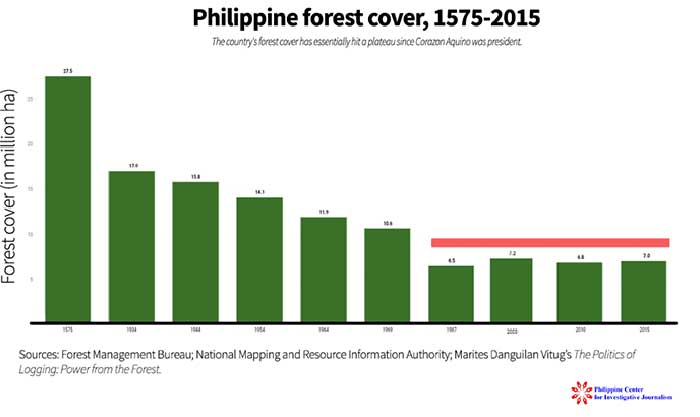
Forests made up 27.5 million hectares or 92% of the country’s total land area in the 16th century, when Spanish colonizers arrived. Forest cover dropped to 15.8 million hectares during the last years of the American occupation and to 10.6 million hectares just before the declaration of Martial Law.
It further shrank to 6.4 million hectares just after the 1986 People Power Revolution. Since then the country’s forest cover hovered at just under 7 million hectares on average.
The Americans systematized logging, which worsened during Martial Law when dictator Ferdinand Marcos rewarded relatives and cronies with Timber License Agreements (TLA). The country recorded one of the worst deforestation rates in the Asia and Pacific region during those years, losing 316,000 hectares of forest annually on average. The TLA holders did not adopt selective logging, a sustainable way of harvesting timber. They cleared forests, did not replant, and even went beyond their concession areas.
(Click to see the timeline of forest governance in the Philippines.)
Each administration drew up policies and programs to restore forests. Rehabilitation efforts have been in place since the 1910s, and there’s a long list of acronyms and agreements between and among national and local governments, communities living within and near forests, as well as the private sector.
But these efforts were mired in allegations of mismanagement, corruption and power play.
Following the fall of the Marcos regime, the Cory Aquino government prioritized reforestation with support from bilateral partners and multilateral institutions. Timber exports were banned in 1992 and community-based approaches were introduced following the devastation brought by Typhoon “Uring,” whose heavy rains submerged Ormoc City and killed over 5,000 Filipinos.
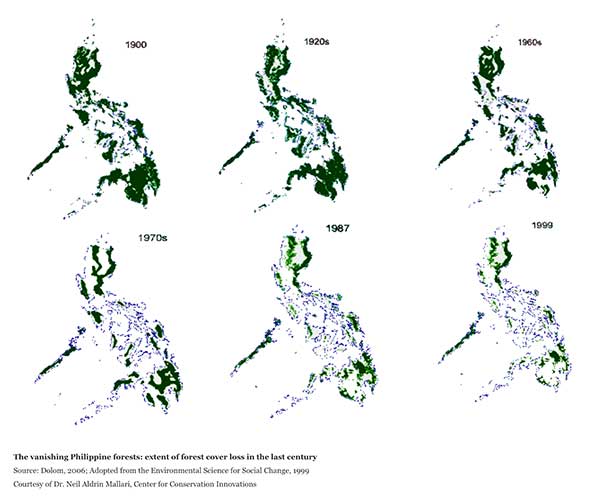
The vanishing Philippine forests: Extent of forest cover loss in the last century
Source: Dolom, 2006; Adopted from “Environmental Science for Social Change” (1999)
Courtesy of Dr. Neil Aldrin Mallari, Center for Conservation Innovations
Jose Andres Canivel, executive director of the Forest Foundation, said massive deforestation stopped when the government halted the issuance of TLAs. No conclusive data was available, but the shift to Community-Based Forestry Management Agreements might have helped ease the pressure on forests, he said. It’s a tenurial instrument that allows qualified upland communities and people’s organizations to develop, utilize and manage portions of forest lands and resources.
Forests recover if left alone, and conversion to agricultural land, timber poaching, and forest fires are stopped. They regenerate with the help of bats, birds, and other animals that disperse seeds, Canivel said.
He cited areas in the Sierra Madre and Apayao, which were once logged over but now have closed-canopy forests. “Nag-logging d’yan, natigil (They used to log there), now the forest has taken it back,” he said.
The second Aquino government also embarked on a massive reforestation program, the National Greening Program, which aimed to double the country’s forest cover by 2028. Funded by taxpayers’ money, it sought to rehabilitate 7.1 million hectares of unproductive, denuded, and degraded forest lands.
President Benigno Aquino III also banned logging across the country entirely, in the wake of severe floodings that also claimed many lives. Prior to the executive order, the impacts of Tropical Storm “Sendong” (“Washi”) in December 2010 and Typhoon “Ondoy” (“Ketsana”) in September 2009 were linked to deforestation.
Despite these efforts, however, the country’s forest cover has not grown from 7 million hectares since the first Aquino administration. It hit a plateau because gains from restoration efforts in some parts of the country were erased by losses in others.
The steady numbers betray the alarming rate of deforestation in many parts of the country, according to experts. The geographical breakdown of 12 years’ worth of data showed that half of all provinces registered losses totaling more than 154,000 hectares, based on the National Mapping and Resource Information Authority’s satellite survey.
The real situation is probably worse. Canivel said satellite imagery should be verified on the ground because plantations might have also been scanned. Many forests had been cleared to make way for plantations, which did not count as forests, he said. For instance, forests in the Caraga region had been planted with timber, and in Palawan, oil palm.
Samson Pedragosa, Haribon Foundation advocacy officer, also questioned liberal definitions of forests adopted by the Philippines. A half-hectare land with a tree canopy cover of more than 10% is considered a forest, according to the United Nations Food and Agricultural Organization (FAO).
Mallari said this global definition did not quite match the characteristics of tropical rainforests, which should be dense and diverse. An increase in forest cover might not necessarily be due to growing trees, but because of the way forests were redefined, he said.
Philippine forests are also defined by their physical attributes – more than 1,000 meters above sea level and/or with an 18% slope – rather than their ecological function, Mallari said.
PCIJ requested an interview with the Forest Management Bureau (FMB) to verify the data it had provided as well as understand the country’s forest management strategy. The FMB acknowledged PCIJ’s letter, but could not respond to questions as of writing.
Global Forest Watch (GFW), a US-based monitor of global forests, has an alternate barometer of annual forest loss showing that more than 7,700 hectares of forest cover, equivalent to nearly 20 basketball courts, were lost every hour in the Philippines.
This adds up to an area the size of Iloilo City in over a year. The loss was 2% higher in 2020, mirroring the global trend. Last year, forest destruction increased 12% worldwide.
GFW also uses satellite imagery to measure deforestation, but its data cannot be compared with FMB’s. The former monitors not just forest loss, but all other indicators of deforestation, like tree loss, tree gain, and fire alerts.
From 2002 to 2020, the country recorded 150,813 hectares of primary forest loss, GFW data also showed.
Alarming rates of deforestation are happening worldwide. GFW recorded 4.2 million hectares of forest loss, an area the size of the Netherlands, occurring within tropical primary forests around the globe. Some progress, however, has been recorded in Southeast Asia as forest losses in Indonesia and Malaysia declined for the fourth year in a row in 2020.
(Read about Malaysia’s declining forest loss by Rainforest Investigations Network fellow Yao Hua Law of Macaranga.)
Greening program
The Duterte government continued Aquino’s reforestation program. The Enhanced National Greening Program (E-NGP) seeks to rehabilitate 1.2 million hectares of denuded forest lands before President Rodrigo Duterte’s term ends in 2022.
More than 1.74 billion seedlings have been planted from 2011 to 2020 in more than 2 million hectares of land area, FMB records showed. The program likewise generated more than 5 million jobs.
The E-NGP is among the programs designed to achieve the country’s REDD+ objective – results-based climate change mitigation strategy – under the UN Framework Convention on Climate Change (UNFCCC). “REDD” stands for “reducing emissions from deforestation and forest degradation.” The plus sign represents the expansion of its focus to the role of conservation, sustainable management of forests and enhancement of forest carbon stocks in developing countries.
The Philippines drew up its National REDD+ Strategy in 2010 but an update published by the FMB in June 2017 showed that the country was still in the “readiness phase” and taking “readiness steps” to establish demonstration sites, as well as undertaking studies to implement it.
FAO’s 2015 Global Forest Resources Assessment ranked the Philippines as fifth among 234 countries with the greatest reported gain in forest area annually from 2010 to 2015. The FMB attributed it to the then four-year-old National Greening Program.
State auditors and researchers have raised red flags on the implementation of the program. In 2019, the Commission on Audit (COA) found several issues with the DENR’s fast-tracking of the program as it led to the imposition of targets beyond the capacities of officials; the lack of survey, mapping, and planning; and the inclusion of far untenured areas, which will be abandoned after the term of the maintenance and protection contract, among others.
“Instead of increasing forest cover, fast-tracking reforestation activities only increased the incidences of wastage,” the COA said.
State think-tank Philippine Institute for Development Studies found that the survival rate of the trees planted under the NGP stood at just 61% in 2016 or below the 85% goal.
Moreover, University of the Philippines researchers found that forest cover loss in three sites in the Sierra Madre mountain range declined from 2011 to 2015 but increased from 2016 to 2018. Using satellite data, the study found that the net effect was a balance of reforestation and deforestation, or no significant gain.
Mallari, Canivel, Pedragosa and former environment undersecretary Antonio La Viña all raised concerns over the implementation of the NGP and the E-NGP. They said the efforts to protect the seedlings, the kinds of trees planted, and where the trees were planted needed to be scrutinized.
GFW data from 2002 to 2020 even showed that forest loss in the Philippines had reached a record high during the Duterte administration. The country lost more than 10,000 hectares of primary forest on average every year during his term. This was higher than the annual averages during the terms of Gloria Arroyo and Benigno Aquino III.
In a span of 18 years, forest loss reached its peak in 2017 during Duterte’s second year in office. The decline continued in the following years although the figures remained within the annual average of about 8,000 hectares.
Pockets of success, however, can be found in rehabilitation efforts done by nongovernment organizations, community groups and the private sector in areas such as the Ipo Watershed, Upper Marikina Watershed, and the Masungi Georeserve. At the center of these efforts are the communities that live in or near the forests.
Forests and climate change
The Duterte government excluded reforestation efforts from its list of commitments under the 2016 Paris Agreement to mitigate climate change. Instead, it was included among adaptation measures, in which Manila pledged to “pursue forest protection, forest restoration and reforestation, and access to results-based finance in forest conservation.”
Mitigation is aimed at addressing and minimizing the causes of climate change, while adaptation is focused on reducing its impacts.
This was curious, according to La Viña, also a former climate change negotiator for the Philippines, and Ian Rivera, coordinator of the Philippine Movement for Climate Justice.
La Viña said he was still studying why the government did not include forests to mitigate greenhouse gas emissions in its list of commitments. The sectors included in the country’s mitigation efforts are “agriculture, wastes, industry, transport, and energy.”
Loss of forests is a major contributor to greenhouse gas emissions. At least 20% of global emissions come from deforestation. Addressing the problem is crucial to avoiding the dangerous impacts of climate change.
“We should be looking at enhancement so we can go back to at least 10 million (hectares), for instance,” said La Viña.
Neighbors Indonesia and Malaysia are good examples as they have placed forests front and center to mitigate emissions. Indonesia imposed a moratorium on the clearing of primary forests, prohibited the conversion of remaining forests, and adopted sustainable forest management measures. Malaysia committed to conserve its Central Forest Spine, which supplies 90% of its water, and the 220,000-square-kilometer “Heart of Borneo,” said to be Asia’s last great rainforest.
The Paris Agreement is an international treaty that aims to avert climate catastrophe. A total of 196 parties were expected to submit action plans last year. The commitments to reduce greenhouse gas emissions are detailed in documents called nationally determined contributions or NDC.
A financial mechanism was also established, in which high-emitting developed countries provide funds to less industrialized countries. This will help developing countries like the Philippines, which emitted an average of 1.98 metric tons of carbon dioxide per capita in 2020 or about half of the global average of four metric tons, bear the brunt of climate change.
Duterte initially aired his misgivings about the Paris climate agreement, questioning how developed countries had dictated the terms of the collective fund that would be used to help developing countries achieve climate goals. He eventually signed it in March 2017.
Based on the NDC it submitted to the UNFCCC on April 15, 2021, the Philippines is targeting to reduce greenhouse gas (GHG) emissions by 75% by 2030. Accomplishing 72.29% of this goal depended on funding and assistance from the international community, based on its report to the UNFCCC on April 15, 2021.
No greenlight for the ‘green bills’
Just maintaining the country’s forest cover is not enough, said La Viña, who is now executive director of the Manila Observatory, a scientific research center. “[There’s] no major initiative or nothing significantly negative comes to mind,” he said.
He said proper management of the country’s forests is key, but laws that seek to do this have been languishing in Congress.
The country’s primary forest code is a Martial Law-era presidential decree that essentially promotes commercial logging, La Viña said. Although P.D. 705 has since been modified with the passage of the National Integrated Protected Area System in 1992 and the Indigenous People’s Rights Act in 1997, a different law is needed to set the criteria on how forest resources should be managed and utilized, he said.
“There’s no criteria when you can cut or not because we’re still using the old forestry code,” La Viña said.
Canivel said P.D. 705 promised an industrialization scheme where forests would contribute to the economy, but this didn’t happen. He made the same call to pass “green bills” pending in Congress. The log ban that Aquino issued in 2011 is only an executive order.
Experts have identified at least three urgent “green” bills – the National Land Use Act (NLUA), the Sustainable Forest Management Act (SMFA), and the Alternative Minerals Management Act (AMMA).
Passage of the NLUA is needed to delineate forest boundaries and protect them. Land conversions are the main threats to forests, said Haribon’s Pedragosa.
“Hindi pwedeng gamitin sa agriculture. Hindi pwede gamitin sa iba pang uses kung hindi forest lang talaga (It cannot be used for agriculture. It cannot be used for other purposes but it’s supposed to be just for forests),” he said.
The SMFA is needed to set criteria for allowing logging, and settle debates on whether or not the government should allow selective logging or commercial logging. It should not be preoccupied with issuing timber-cutting or tree-cutting permits, and should set aside areas for conservation and management, restoration, and sustainable use, Canivel said.
“The new law has to be mindful of what we need to protect, what we need to restore and what we need to allow,” he said.
Intended to replace the Mining Act of 1995, the AMMA seeks to ban extraction in environmentally critical areas such as small-island ecosystems and primary and secondary forests and watersheds. It also seeks to prohibit dumping of mine wastes into water systems.
All these laws are urgent, said Canivel. “We are faced with different realities. We understand forests better now. We certainly need a new policy framework.” – PCIJ.org
This story was produced in partnership with the Pulitzer Center’s Rainforest Investigations Network (RIN). To learn more about forest stories across the globe, visit the RIN fellows’ page here.


